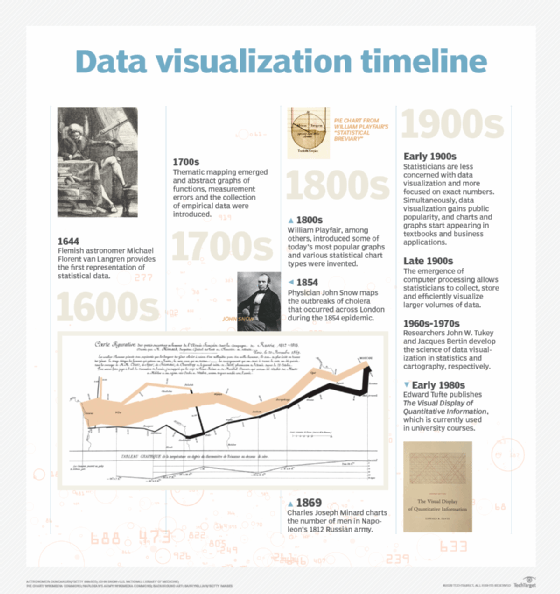
- POWERPOINT EQUATION EDITOR BARS OVER VARIABLES TOO SMALL HOW TO
- POWERPOINT EQUATION EDITOR BARS OVER VARIABLES TOO SMALL SOFTWARE
- POWERPOINT EQUATION EDITOR BARS OVER VARIABLES TOO SMALL PLUS
The ubiquity of this description is a consequence of the famous “ Central Limit Theorem” ( CLT). We only need to know σ to state what fraction falls within a given range of μ. Here μ is the center of the function, our best guess at the average value, and σ is related to the width of the function, our uncertainty (a smaller σ means a narrower Gaussian, larger σ means a wider one).

This information was not reported along with the prediction in part because of a fear that any apparent imprecision would lead to criticism of the forecast! Yet, to the people of Grand Forks the error bars were the key data. The error bars would have predicted the chance of a flood of this magnitude or worse at about one in three-substantial given the potential consequences.

POWERPOINT EQUATION EDITOR BARS OVER VARIABLES TOO SMALL PLUS
What had not been included were the error bars on this prediction of plus or minus nine feet! The actually flood level in April of that year was fifty-four feet, and the cost of the ensuing devastation came to $3.5 billion. Based on this report the town levees were set at a protective fifty-one feet. National Weather Service that the likely flood level of the Red River at Grand Forks, North Dakota in January of 1997 would be forty-nine feet. On the left was the prediction by the U.S. Ī classic case of the problems of reporting a single number without some sense of the range of possibilities is illustrated in Fig. Interested readers should consider such excellent works as. Although Bayes approaches are very powerful and general, they lie outside the scope of this article. However such a sense can often be misleading, for instance our default may be wildly optimistic! A rigorous way of incorporating such prior knowledge is the Bayesian framework. In reality a lone number does have some usefulness because we assign it a default sense of certainty from our experience. from information theory, it can be shown that without at least some estimate of uncertainty a single value technically has no information-essentially because it is represented by a delta function in the probability distribution of possible values, which has a vanishing overlap with the actual distribution of values of the population.
POWERPOINT EQUATION EDITOR BARS OVER VARIABLES TOO SMALL HOW TO
In fact, without an assessment of this uncertainty, or a description of how to estimate it, what we have really delivered is a report, not a prediction “we did X, followed by Y, and got Z”. As such there is an uncertainty in our number. In either case we know that we have only sampled, not enumerated all possibilities. For a physical property measurement we assume our experiments sample the possible range of small variations in conditions, what we call ‘random variables’, in an even and comprehensive way such that the ‘population’ of all such experiments is represented.

POWERPOINT EQUATION EDITOR BARS OVER VARIABLES TOO SMALL SOFTWARE
When we test predictive software we hope the average over a set of systems represents what we might get from the population of all possible test systems, including ones not yet imagined. it could mean all members of a set, or all (infinite) repeats of an experiment. In statistics utility is about being able to say something concerning the population from a sample. In the former case, will a sixth measurement produce a similar number? In the latter case, do we know if the program will perform as well over a new test set? In other words, how do we know if these numbers are useful? For instance, we repeat an experiment to measure a partition coefficient between water and octanol five times and get an average, or we apply a computer model to a set of ten test systems and calculate a mean performance. In reality, we know whatever number we report is only an estimate. When we report a number what do we mean by it? Clearly our intention is to convey information: after an experiment we think a property has a certain value after this calculation our prediction of quantity X is Y.


 0 kommentar(er)
0 kommentar(er)
